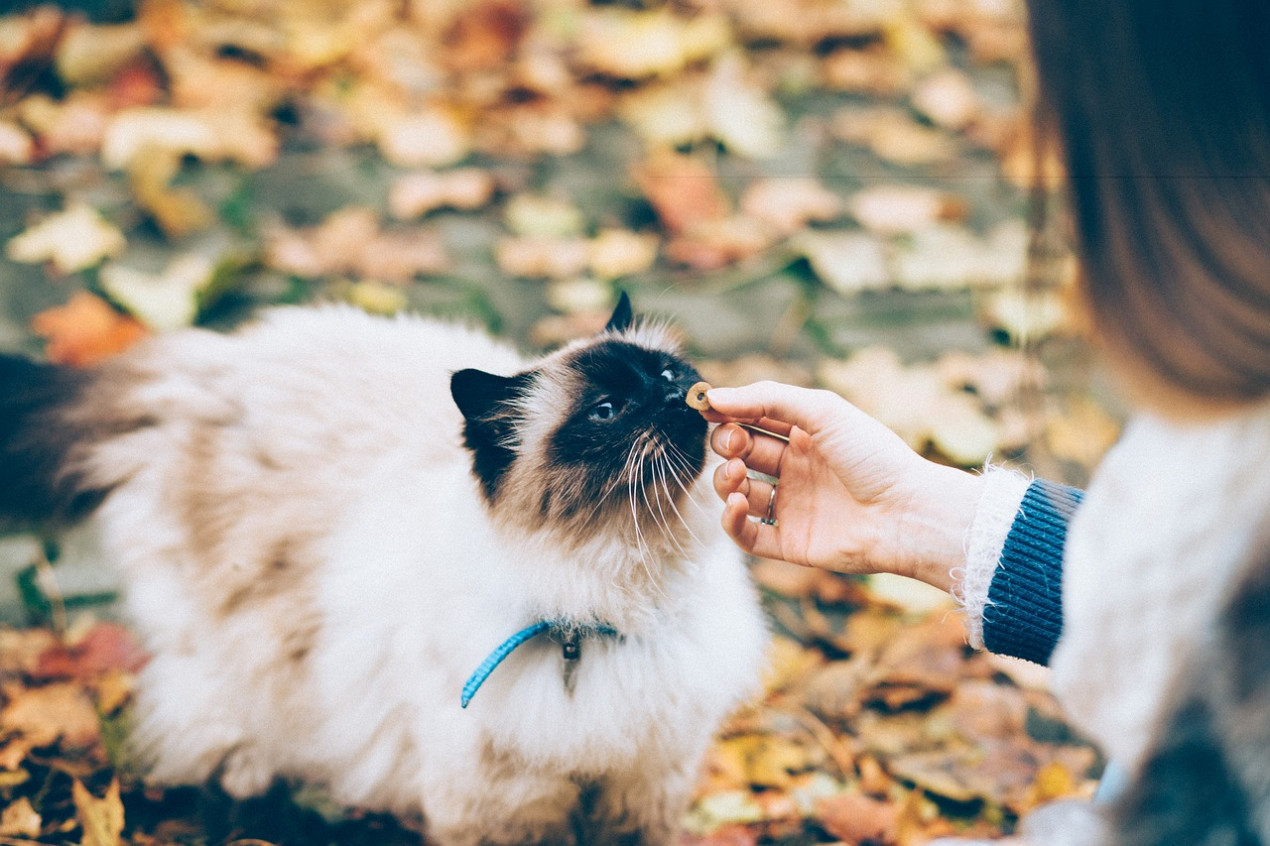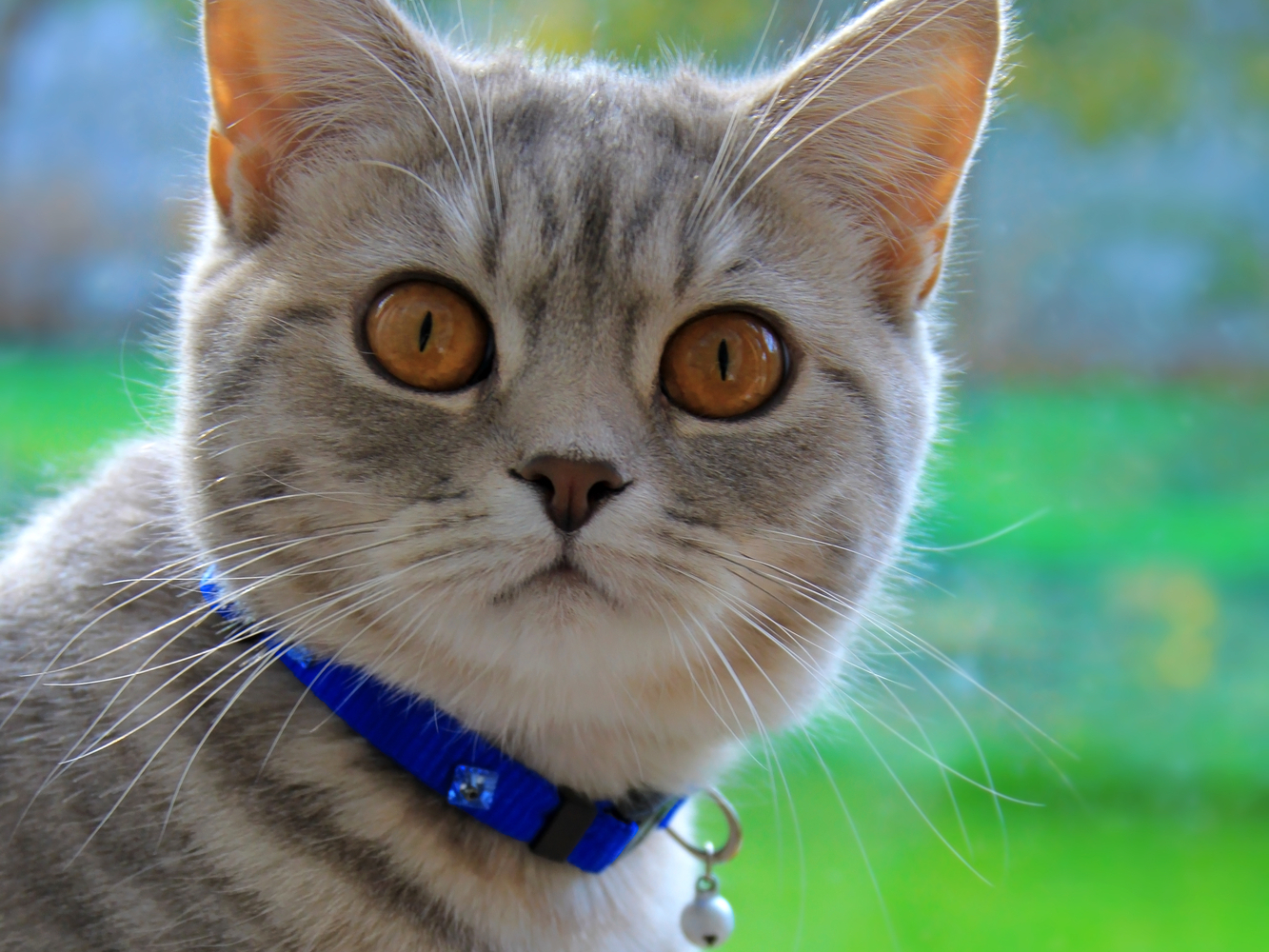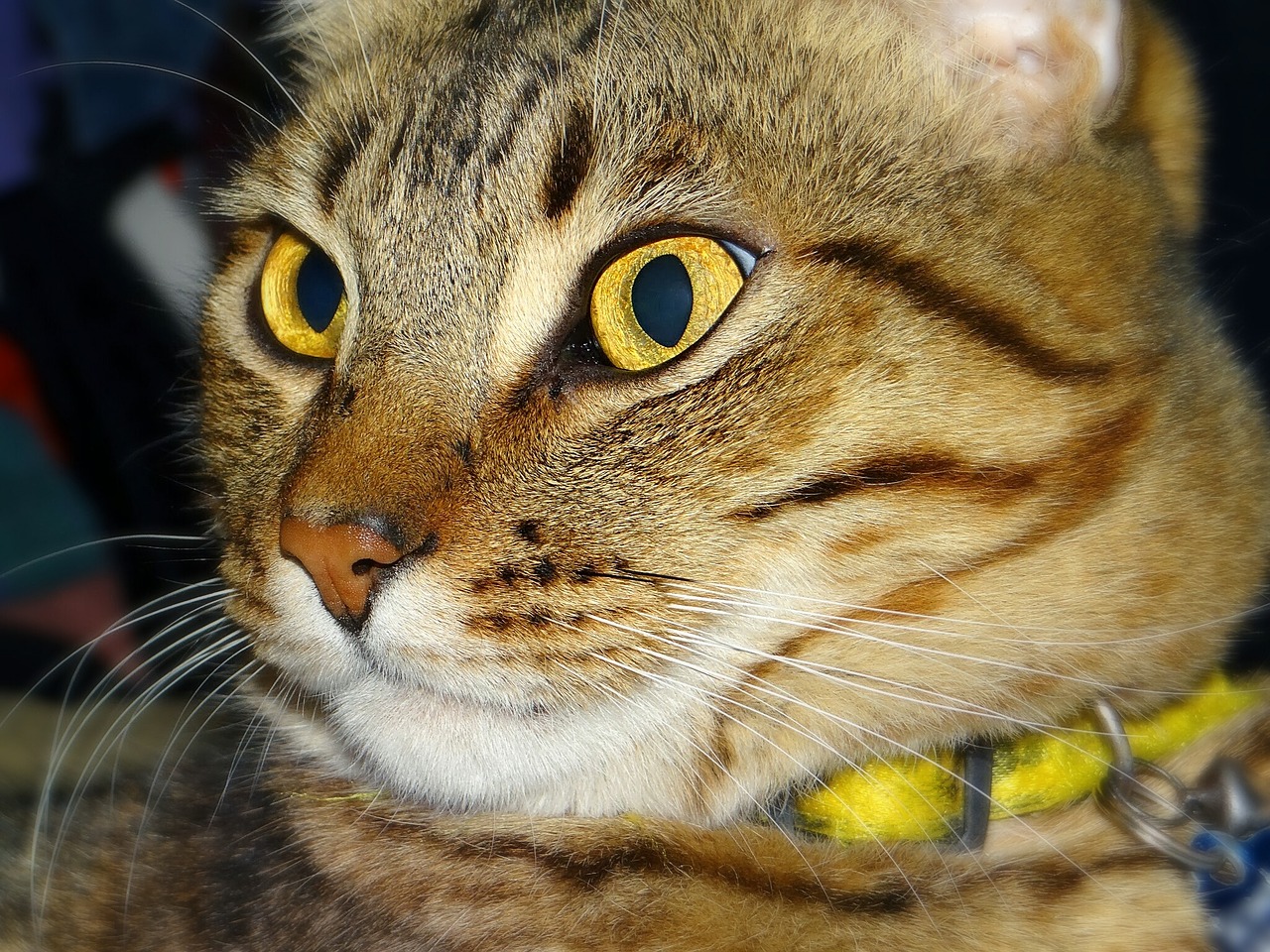
Veterinary staff warn about potential dangers of cat collars after pets left with serious injuries
Most cat owners probably think they’re being responsible putting a collar on their cat.
After all, it shows their pet is not a stray and, if a tag is attached, allows strangers to identify them. But be warned – not all cat collars are safe.
And there is increasing debate among vets and vet nurses about whether cats should wear them at all. At Vets Now, we have seen scores of cats left injured by their collars.

In some cases their front legs were stuck while in others their collars had become frayed and threads had got jammed in the cats’ mouths, preventing them from closing their jaws.
There have also been numerous incidents of cats suffering serious wounds as a result of poorly-fitting collars cutting into their armpits and necks.
Our professional standards director, Laura Playforth, believes collars have their place.
But she says it’s essential owners are aware of the potential dangers of poorly-fitting collars as well as those made with elastic or featuring buckles only owners can unfasten.
Laura said: “I’ve always put quick release collars on my cats. They have essential functions, so I think the benefits outweigh the risks. I use reflective collars which make the cats more visible in the dusk when road traffic accidents commonly occur.
“I also have a bell to keep the local bird population safer and have added discs to prevent the neighbours feeding them and as a medical alert.
“But I’ve also seen cats with serious injuries from collars, so I’m well aware of the risks. That’s why it’s vital collars are fitted correctly, checked regularly, and have a safety breakaway piece to prevent strangulation if it gets caught on something. We have lost several collars over the years which indicates how often they can get caught. I always have my all pets microchipped in addition to this.”
At Vets Now, our vets and vet nurses are actively encouraged to discuss cases, positive and negative experiences, ethical dilemmas, and valuable research they have come across during their work.
In one of those discussions, they have been debating the pros and cons of cat collars – as well as some of the frightening collar-related injuries they have treated.
Some are in favour of cats wearing quick release collars while others are against collars full-stop.
Sarah Kimberley Veterinary Nurse, Coventry"I've seen a few cases of cats getting collars stuck in their mouths and cases in which cats have got their claws caught in them. I'm not a fan of cat collars."
Middlesbrough vet nurse Rebecca Gamble said she has first-hand experience of the dangers of collars. She added: “We saw a kitten recently whose owner thought his jaw was broken. On examination, the collar had become too tight and had damaged the skin on his neck and got caught in the kitten’s mouth. As soon as the collar was removed the kitten was much happier.”
Vet nurse Sarah Kimberley, who is based in Coventry, added: “I’ve seen a few cases of cats getting collars stuck in their mouths and cases in which cats have got their claws caught in them. I’m not a fan of cat collars. I always recommend microchips as they’re a much safer option.”
But Sian Richards, who worked as a senior nurse in our Southampton clinic, said: “I’m not against collars in cats and, in fact, my own cats wear reflective safety collars as I’m paranoid about road traffic accidents. However, I often see cats whose collars haven’t been fitted correctly or, worse still, don’t have a safety breakaway clip.”

The RSPCA receives hundreds of reports of cats being injured by their collars every year.
It is warning owners against buying collars with buckles that don’t snap open, or those made from elastic, and said the majority of flea collars were also dangerous.
Vets Now’s Laura Playforth added: “Cats love to climb and explore but, as a consequence, they are at risk of snagging their collars. That’s why owners should only use collars that have a quick release mechanism.”
Vets Now has a network of more than 60 clinics and pet emergency hospitals across the UK.
All have a vet and vet nurse on site at all times and are open through the night, seven-days-a-week, and day and night on weekends and bank holidays, to treat any pet emergencies that may occur.
We also offer an online video consultation service to make professional veterinary advice more easily available.
While the service is not suitable for life-threatening emergencies, our experienced vets are available to discuss any worries or concerns pet owners might have.
